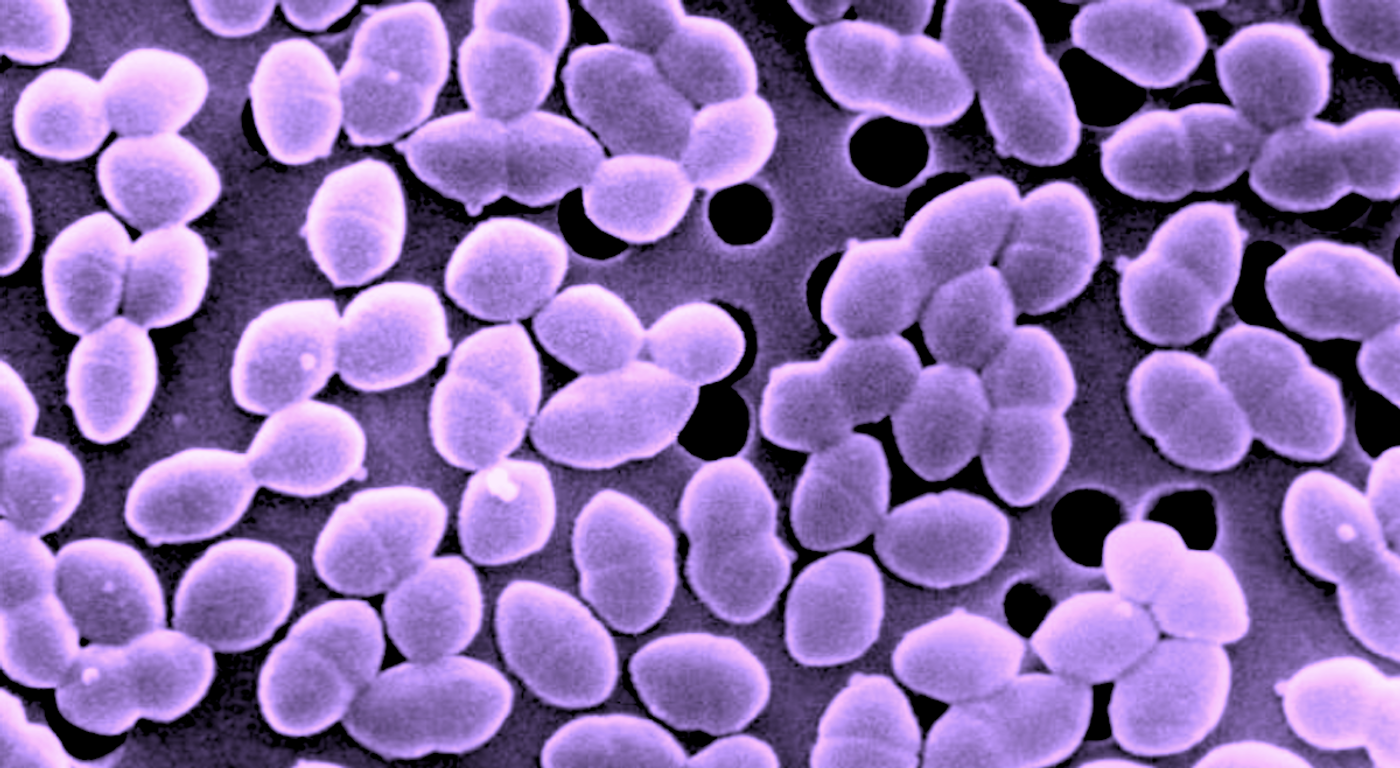Drug-Resistant Microbes Persist in Hospitals After Deep Cleaning
Researchers have found that drug-resistant bacteria can hang around even after deep cleaning. They used genomic sequencing to identify the level of certain microbes that are present in healthcare settings and can cause illness in some people. The results revealed the extent to which a drug-resistant bacterium can persist within a hospital, and highlighted the challenge hospitals face in controlling infections. The findings have been reported in Nature Microbiology.
Enterococcus faecium is a bacterium that is able to live harmlessly in the human gastrointestinal tract, but people with weak immune systems can experience problems if they're infected with it. While antibiotics can eliminate these infections, there are strains of the microbe that resist the effects of antibiotics, making them much tougher to eliminate in people with symptomatic infections.
In this work, the researchers assessed E. faecium prevalence in hospitals.
"We've known for over two decades that patients in hospital can catch and spread drug-resistant E. faecium. Preventing its spread requires us to understand where the bacteria lives—its 'reservoirs' - and how it is transmitted," said the co-first study author Dr. Theodore Gouliouris from the Department of Medicine at the University of Cambridge.
"Most studies to date have relied on culturing the bacteria from samples. But as we've shown, whole-genome sequencing—looking at the DNA of the bacteria—combined with detailed patient and environmental sampling can be a powerful tool to help us chart its spread and inform ways to prevent further outbreaks."
The study authors followed 149 people over six months that had been admitted to the hospital. The researchers looked for the presence of E. faecium by culturing swabs and samples from the patients, and sequencing the DNA they found. Genomic assays showed that about two-thirds of the 101 patients followed throughout the study were found to be carrying E. faecium, while cultures revealed the presence of the microbes in only half of the patients.
E. faecium that can resist the effects of the antibiotic vancomycin was found in about half of the swabs from the clinical environment, including 36 percent of medical devices, 41 percent of bed spaces, and 68 percent of communal bathrooms.
Deep cleaning was not able to effectively remove the bacteria. After the process in one ward, nine percent of the samples still showed that the microbe was present. Within three days of patients coming back to the ward, samples that tested positive went up to nearly 50 percent.. Six patients in the study had been carrying E. faecium in their gut without symptoms of infection, but developed them later.
"Our study builds on previous observations that drug-resistant strains of E. faecium can persist in the hospital environment despite standard cleaning. We were still surprised to find how short-lasting was the effect of deep cleaning," said Dr. Gouliouris.
"The high rates of infection with drug-resistant E. faecium in specific vulnerable patient groups and its ability to evade cleaning measures pose an important challenge to infection control. Patient screening, adequate provision of isolation and ensuite toilet facilities, improved and more frequent cleaning procedures, and stricter health-care worker hygiene practices will all be needed to curtail this global epidemic," said senior study author Professor Sharon Peacock from the Department of Medicine at the University of Cambridge.
"But this is also a sign of how urgently we need to tackle inappropriate use of antibiotics worldwide, which is widely recognized as posing a catastrophic threat to our health and our ability to control infections."
Sources: Phys.org via University of Cambridge, Nature Microbiology









